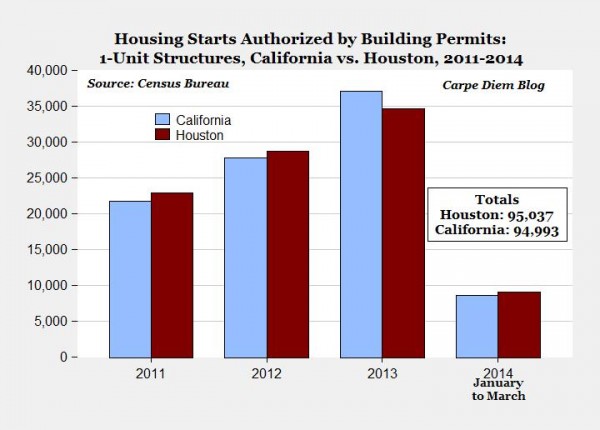When I first started to read today’s Per Curiam opinion in Tolan v. Cotton, I thought to myself, what the heck is the legal issue here. The lead paragraph cites Anderson v. Liberty Lobby. Was this case really granted because of a failure to follow the summary judgment standard?
In articulating the factual context of the case, the Fifth Circuit failed to adhere to the axiom that in ruling on a motion for summary judgment, “[t]he evidence of the nonmovant is to be believed, and all justifiable inferences are to be drawn in his favor.” Anderson v. Liberty Lobby, Inc., 477 U. S. 242, 255 (1986). For that reason, we vacate its decision and remand the case for further proceedings consistent with this opinion.
Justice Alito, joined by Justice Scalia, agreed that the case should be reversed, but disagreed that certiorari should be used for error correction.
The Court takes two actions. It grants the petition for a writ of certiorari, and it summarily vacates the judgment of the Court of Appeals.
The granting of a petition for plenary review is not a decision from which Members of this Court have custom- arily registered dissents, and I do not do so here. I note, however, that the granting of review in this case sets a precedent that, if followed in other cases, will very sub- stantially alter the Court’s practice. See, e.g., this Court’s Rule 10 (“A petition for a writ of certiorari is rarely granted when the asserted error consists of erroneous factual findings or the misapplication of a properly stated rule of law”); S. Shapiro, K. Geller, T. Bishop, E. Hartnett, & D. Himmelfarb, Supreme Court Practice §5.12(c)(3), p. 352 (10th ed. 2013) (“[E]rror correction … is outside the mainstream of the Court’s functions and . . . not among the ‘compelling reasons’ … that govern the grant of certiorari”).
In my experience, a substantial percentage of the civil appeals heard each year by the courts of appeals present the question whether the evidence in the summary judg- ment record is just enough or not quite enough to support a grant of summary judgment. The present case falls into that very large category. There is no confusion in the courts of appeals about the standard to be applied in ruling on a summary judgment motion, and the Court of Appeals invoked the correct standard here. See 713 F. 3d 299, 304 (CA5 2013). Thus, the only issue is whether the relevant evidence, viewed in the light most favorable to the nonmoving party, is sufficient to support a judgment for that party. In the courts of appeals, cases presenting this question are utterly routine. There is no question that this case is important for the parties, but the same is true for a great many other cases that fall into the same category.
Traditionally, certiorari has not been used as a form of error correction. The Court tends to focus on big picture issues, and clear errors of law. But not this case.
I’m going to go out on a limb here and say that the Cotton per curiam opinion is by Justice Sotomayor. She, more than any justice, has dissented alone from denial of cert, often based on error-correction grounds. In fact, at one point, this use of certiorari was viewed as her way of guiding the liberal wing of the Court. To name a few, there was the “patently frivolous” case she wrote a dissental on, which Orin Kerr found “puzzling.” Her concurral benchslapping an AUSA for using racial stereotypes, though the issue had been defaulted. And many others. She uses this practice in particular when certain racial justice issues are at play–see footnote 2 of the per curiam, and the amicus filed by the NAACP LDF. In Cotton, it seems she was able to get the entire Court to join along.
If I’m right about the authorship, it also continues a trend of Justice Alito calling out Justice Sotomayor in dissent for extra-legal issues. There was that time Alito criticized Sotomayor about stare decisis in Alleyne. Or the time Alito criticized Sotomayor for misreading the record in the DIG in Boyer v. Louisana. And don’t forget when Alito called out Sotomayor for using the term “noncitizen” instead of “alien.” There are more, I’m sure I’m forgetting.
Sotomayor, who is not in the cert pool, will continue to be in a prime position to highlight and identify many of these error corrections. Let’s see if we get dissents from the next round, citing Cotton. It only takes four to grant. Update: She is in the cert pool. My mistake.


